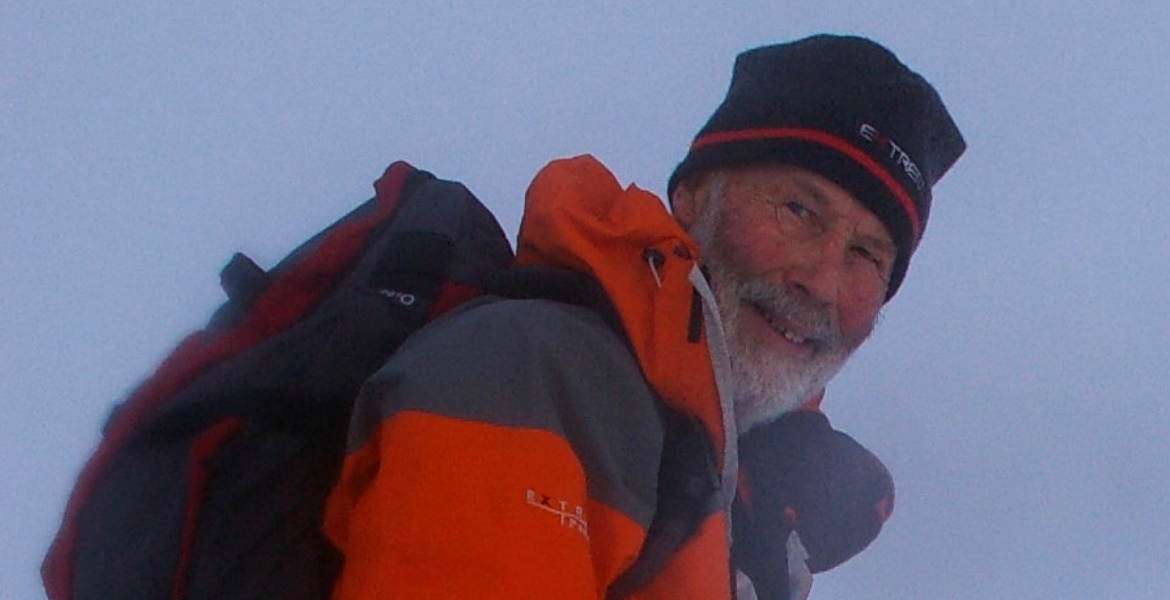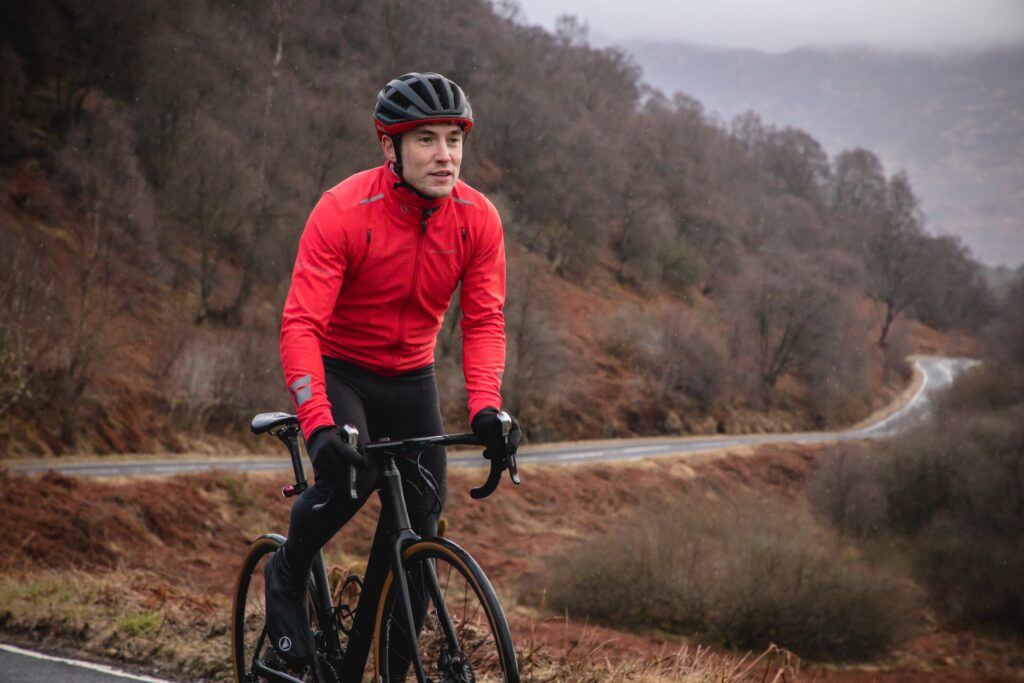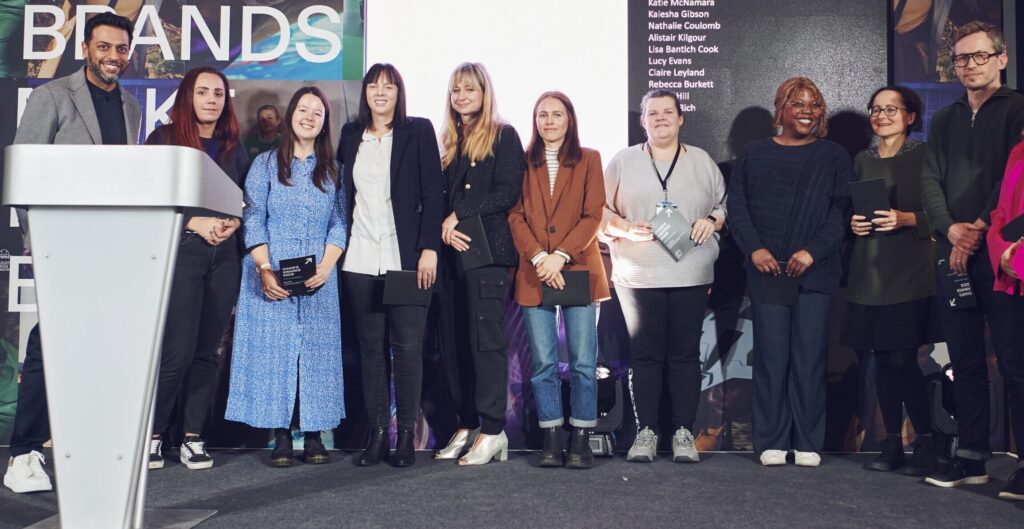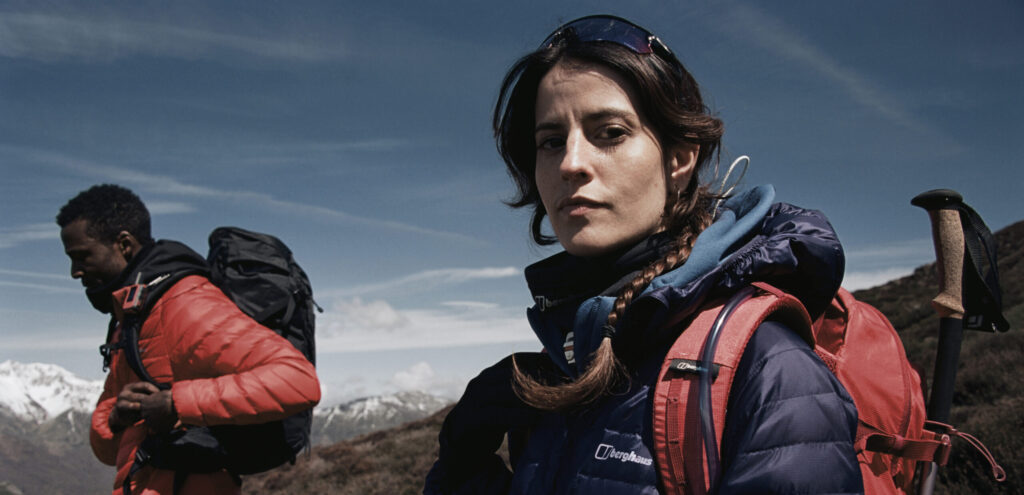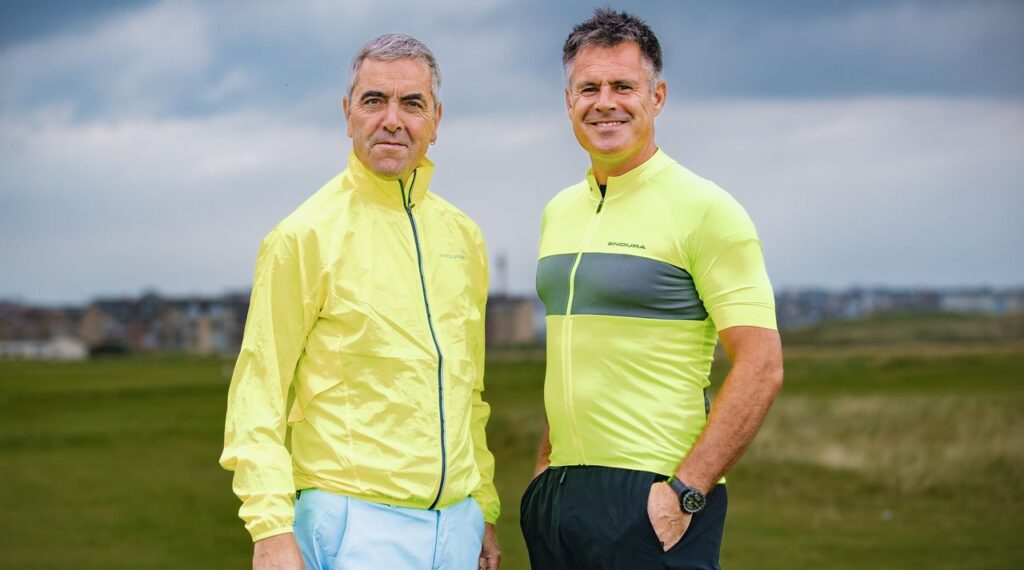Berghaus non-executive chairman and British mountaineer Sir Chris Bonington has conquered some of the most formidable peaks in unexplored regions across the globe. Now age 84, Sir Chris is still undertaking new adventures and remains an inspiration to many. We spoke to him about his life, his career, and his thoughts on Berghaus’ brand new ‘Time To Get Out’ campaign.
What first inspired you to do mountaineering?
The first time I discovered “climbing”, as opposed to adventurous wandering, was in 1951 when I was taken rock climbing for the first time. I didn’t know rock climbing existed before that, and the moment I touched rock I knew I’d found something I loved doing. But I couldn’t possibly imagine making a living as a climber.
“When I started, I lectured at ladies luncheon clubs. These young women would say “but dear, what are you going to do when you get older?”. And of course, I hadn’t the faintest idea, but here I am doing much the same thing I did all those years ago.”

You’re supporting Berghaus’ new ‘Time To Get Out’ campaign. Why do you think this campaign is particularly important?
“I think, so far, all brands have been using the same kind of way of appealing to potential customers, which is essentially appealing to people’s dreams of adventure. And, on the whole, our competitors are producing really good stuff. So, to break through that, you’ve got to look at doing something different and this is where research comes in and understanding how the way people adventure has changed. Now you get people dipping their toes into all kinds of different things and, with the pressure of modern life, I don’t think people have the time or patience to do just one sport. Getting out really covers the people who haven’t found that physical outlet, or more important than the physical outlet, is actually getting out into the country, and wandering in wild country. It’s a really genuine message.”
Your relationship with the Berghaus brand has lasted decades – why do you think this is?
I’ve loved the brand. In the 1980’s I knew Gordon Davison and Peter Lockey [the founders of Berghaus] because I dropped into their shop from time to time and I saw how effective their approach was. Then when Peter Lockey approached me in 1984 and said, ‘we’d like to sponsor you’, I felt they were the right people to do it and I’ve worked with Berghaus ever since.
You’ve achieved a huge amount – what stands out to you as your biggest achievement? And your hardest moment?
Undoubtedly the ascent of the south west face of Everest – it really called upon my abilities as a mountaineer. I think that to lead effectively you need to be very good at your craft. I knew I was good at logistics; I saw the bigger picture. So really all of those things made me effective and made it also the biggest challenge I ever had.
What does it mean to you to be a role model of mountaineering and climbing?
I think it’s a privilege, as I think it’s a recognition of the impact that you’ve managed to make on behalf of your sport. The thing that really gratifies me is when I get an email or a letter from someone who’s either watched Mountaineer or read Ascent. They usually refer back to the fact that they’d been to a lecture of mine 30 years ago or read one of my earliest books which had actually inspired them to take the plunge. That to me is the real satisfaction.

